Did you know that Budapest is emerging as one of Central Europe’s most popular city destinations? During our stay in Hungary in October, we spent a long weekend in this fascinating city and we got convinced that it has a lot to offer: UNESCO World Heritage landmarks and monuments, fine architecture, good food and eventually – a fabulous thermal bath experience! No wonder that it is also called „Paris of the East“.
Roaming around the city center, we were impressed by the relaxed way of living, clean streets and well-regulated traffic…. and where in Europe can you still see brand new post boxes and usable phone booths on the streets? The atmosphere was somehow nostalgic and reminded us of our youth.
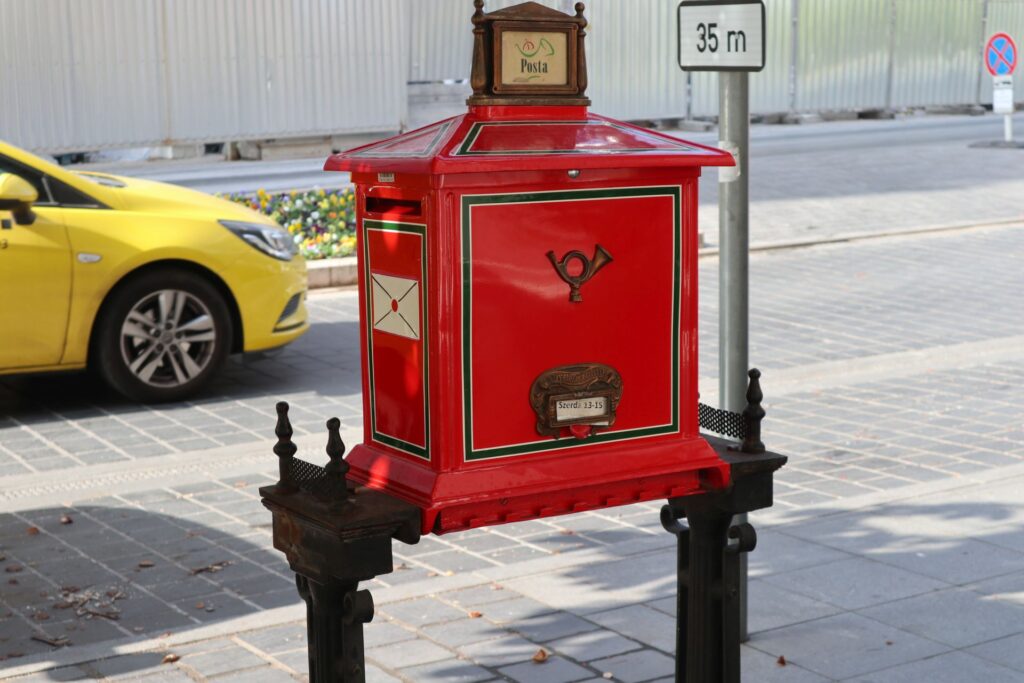
With its close to 2 million inhabitants, Budapest is actually made up of two smaller cities – Buda and Pest, separated by the Danube river. Buda is charming and quiet, full of museums, castles and pastel-colored houses on cobbled streets, while Pest is quite different – vibrant and cosmopolitan, full of historical landmarks. Budapest’s mesh of influences – from the Romans and the Ottomans to the Austro-Hungarians, Nazis and Soviets – makes it a unique place to visit.
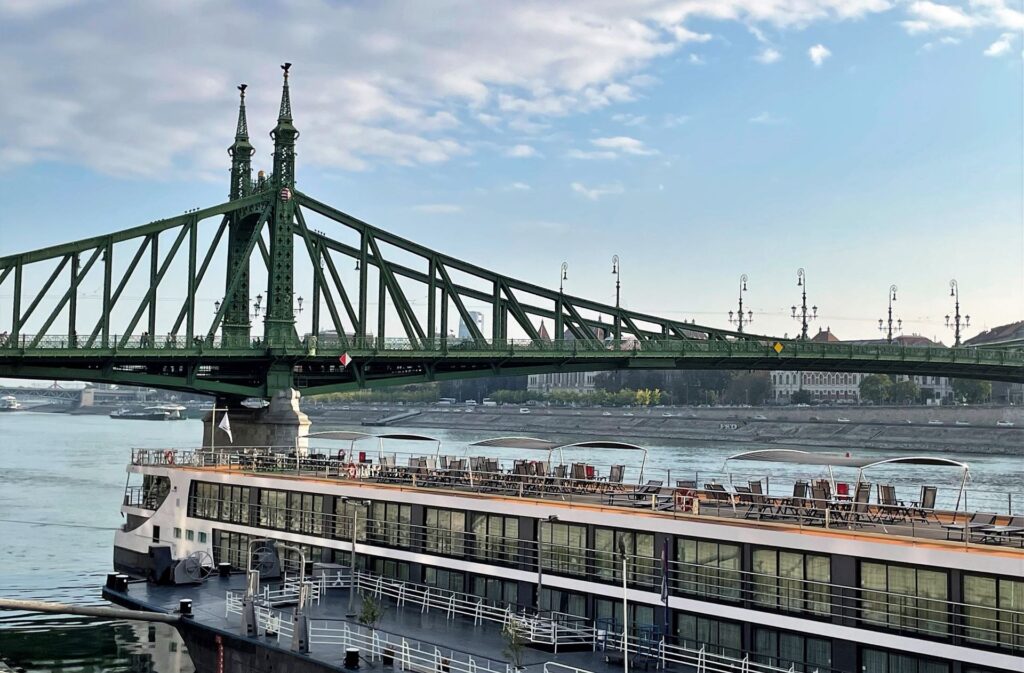
We started our visit with a long walk along the Danube with a beautiful view of the Buda side of the city. At the end of the promenade we saw one of the most important landmarks of Budapest, the
Hungarian Parliament
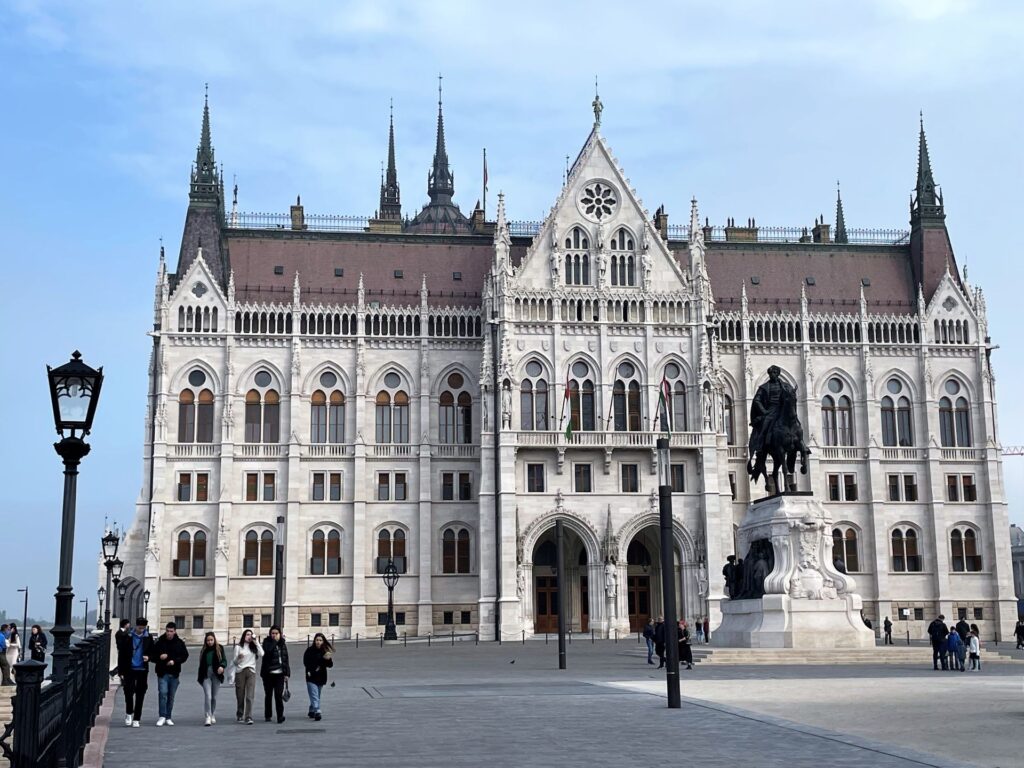
Located on the bank of the Danube, this is one of the most beautiful buildings in Budapest. It was designed in Neo-Gothic style by Hungarian architect Imre Steindl, who was inspired by the Houses of Parliament in London. Construction began in 1885, but it was completed only 19 years later! This magnificent building with 691 rooms, 20 km of stairs, a height of 96 m and a surface area of 18,000 m2, left a deep impression on us.
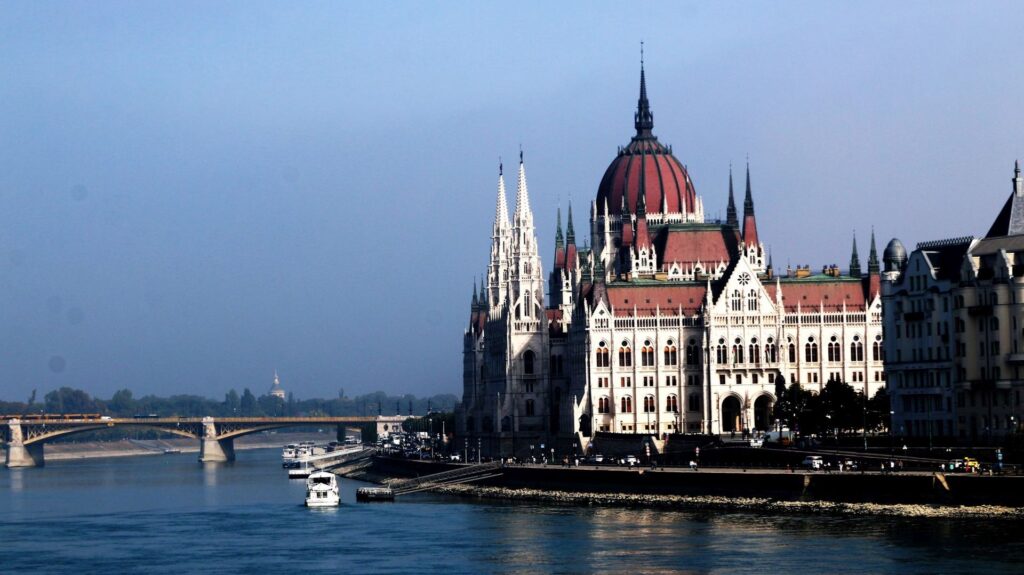
Close to the Parliament building are some striking monuments. One of them is the imposing sculpture of Hungarian poet Attila Joszef, watching over the Danube. Even more famous is the
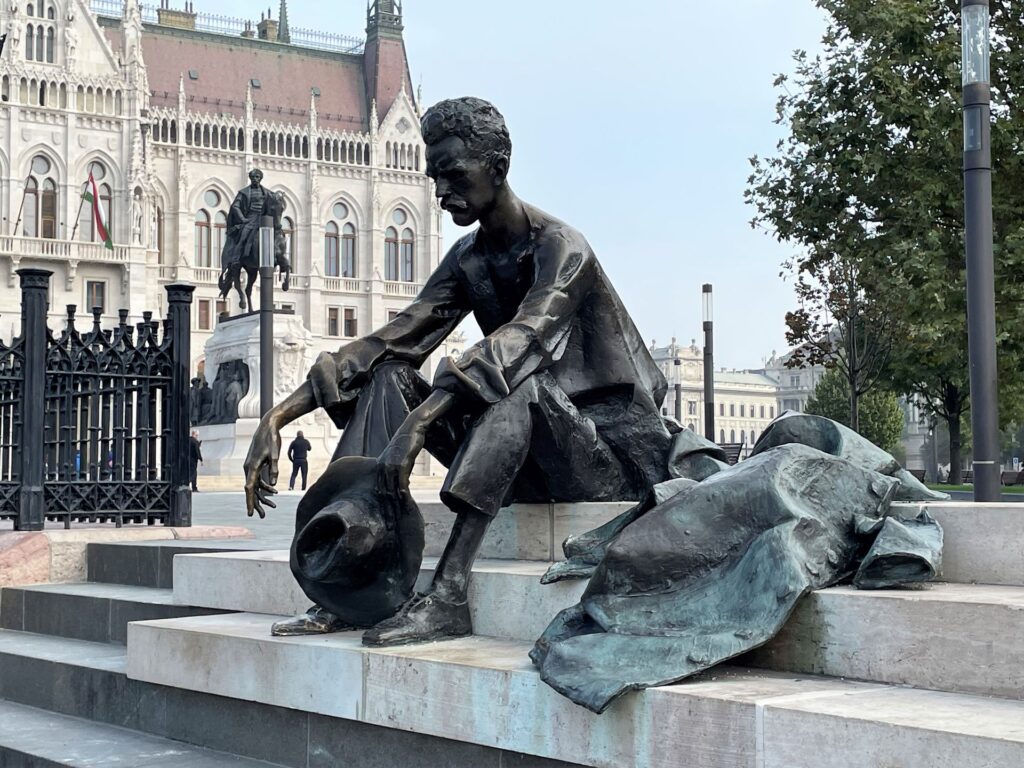
Shoes on the Danube Memorial
This touching monument honors the 3,500 people, many of them Jews, who were killed by the Arrow Cross fascits militia during World War II. They were told to take off their shoes and then they were shot on the river bank, so that their bodies would fall into the Danube. Their shoes were kept, as they were valuable commodities in war time. Today, these 60 pairs of shoes, made of iron, in real size and detail, are a sign of remembrance for the war victims.
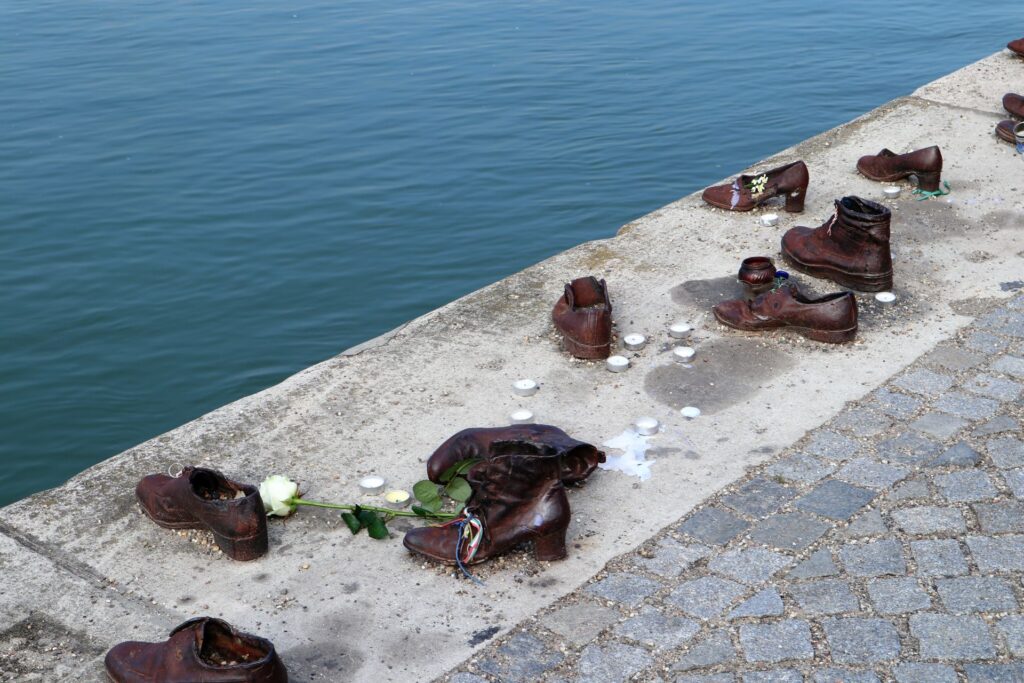
We did not expect that it would be so crowded around the Memorial. There was a special reason: it was just after the Hamas attack on Israel and the inhabitants of Budapest lighted candles among the shoes and laid flowers in honor to the victims.
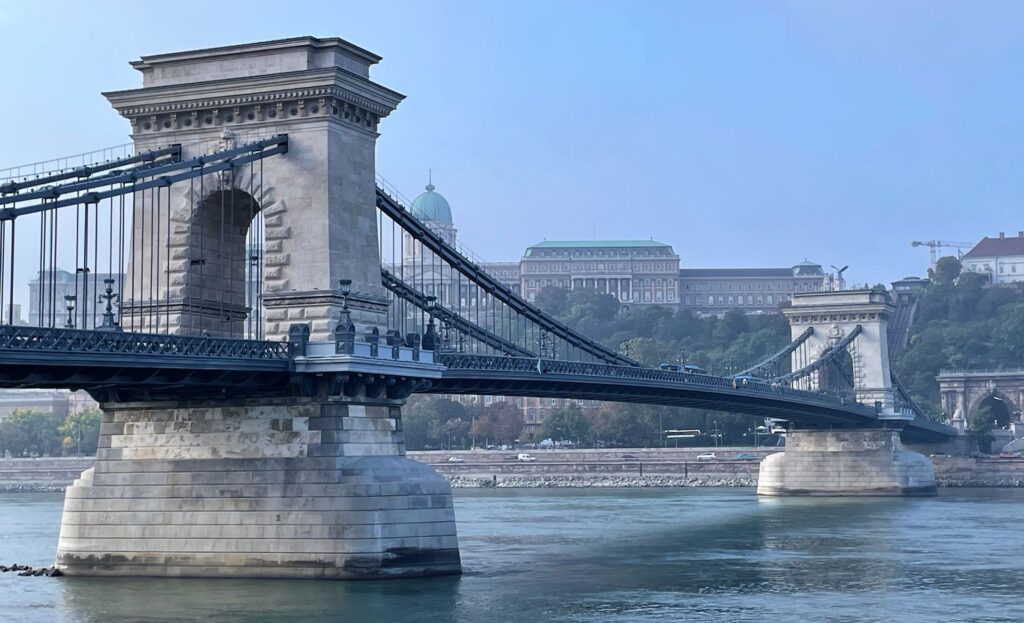
Now it was time to cross the
Chain Bridge
Completed in 1849, this bridge spans the Danube river connecting the Pest and Buda sides of the city. It was the first permanent bridge in Budapest across the Danube: before that people had to use a ferry. The bridge is 375 m long and 16 m wide, the two towers are connected by huge chains and each of the abutments is guarded by a pair of stone lions.
We crossed the bridge admiring the view on both sides and arrived at Castle Hill – a UNESCO World Heritage Site. As the funicular was out of order, we took the Castle bus to explore the most important attractions:
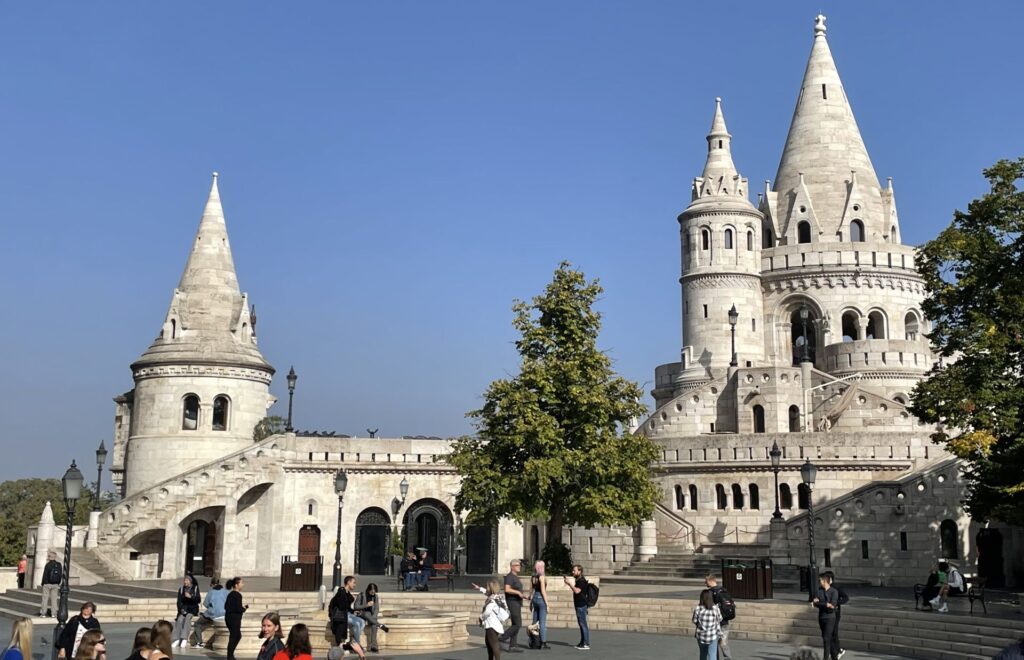
Fisherman’s Bastion
This Neo-Romanesque structure was built in the late 19th century to celebrate the 1000th birthday of the Hungarian state. Honestly speaking, to me it looked like some building from a Disney fairy-tale movie…. But it was a perfect place to relax and to enjoy the enchanting view of the Parliament and the Danube.
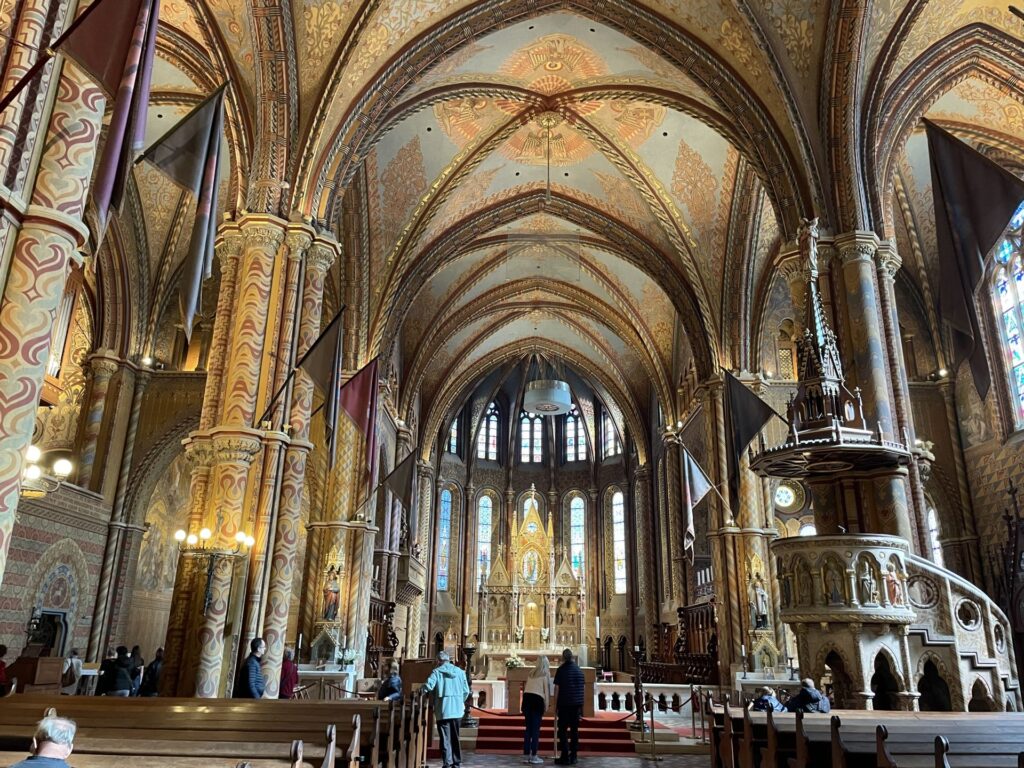
Matthias Church
This is the oldest and most beautiful church of Budapest, a fine example of Gothic architecture with colorful roof tiles and large geometric windows. Named after King Matthias Corvinus, the church was originally built in the 11th century, but later it was demolished and rebuilt several times. During the Ottoman occupation, it was turned into a mosque for a while, which explains the oriental atmosphere with vibrant colors and painted designs that are unlike any other church in Europe. I have visited many churches, but the exuberant interior of the Matthias Church with its extravagant details left a deep impression on me.

Baroque Royal Palace
This palace complex (photo 1) dates from the 18th century. It houses the National Gallery and the History Museum.
Although there are many exceptional thermal bathing houses in Budapest, all with their own marvelous architecture and unique features, we decided to visit the
Szechenyi Thermal Baths
It was a great experience to spend a morning in the first 19th-century thermal bath of Budapest. It is accommodated in a Neo-Baroque palace, built in 1913, over healing hot springs feeding 18 separate pools, 3 outdoor and 15 indoor, and a range of other wellness features including steam rooms and saunas. Szechenyi is one of the largest public baths in Europe.
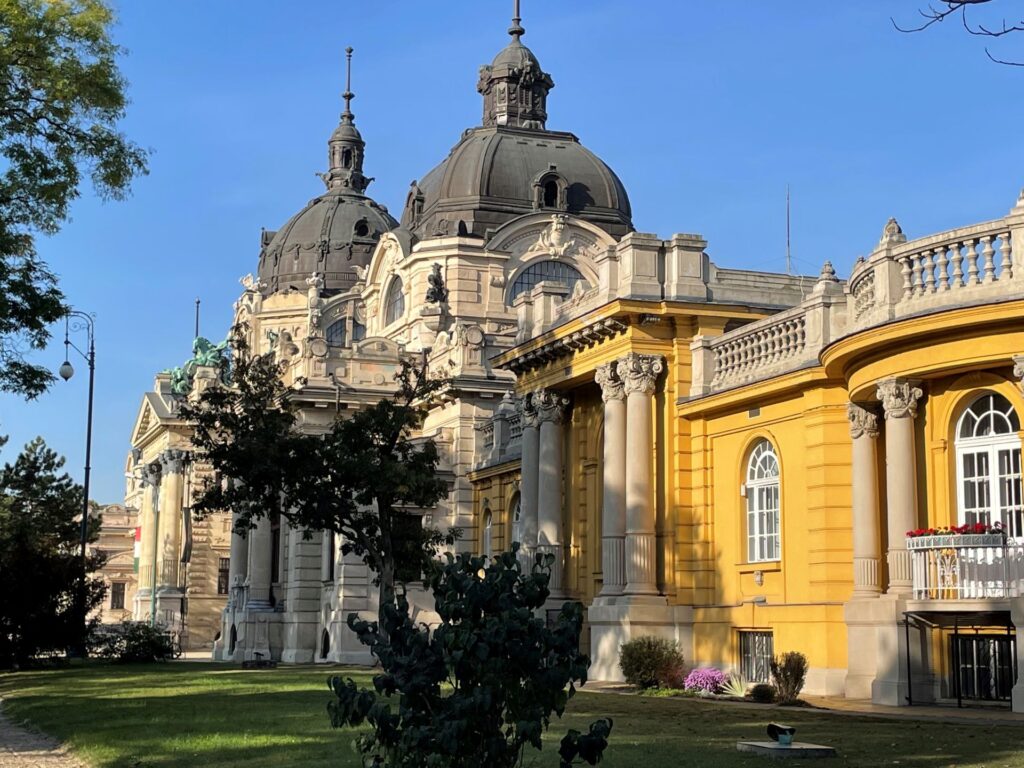
As the weather was warm and sunny, we spent most time in the open thermal pool with a temperature of 38 °C. The pool was full of people from all countries of the world. Many of them also visited the indoor pools with temperatures between 20 and 40 °C.
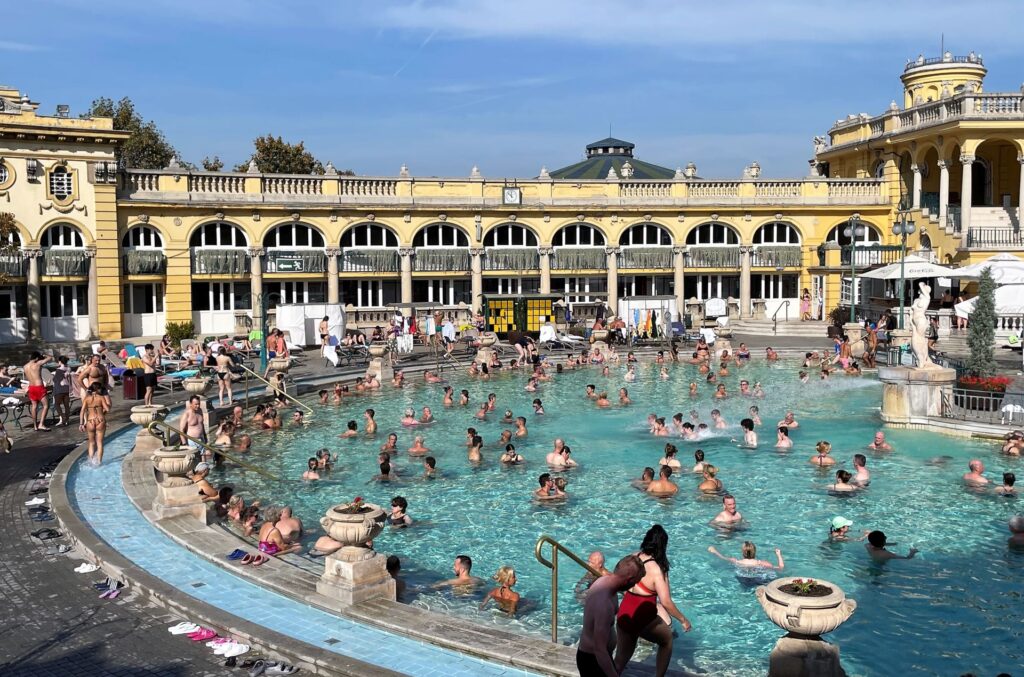
In the afternoon we made a long walk along Andrassy Avenue with its beautiful Neo-Baroque and Neo-Renaissance architecture, all the way from the city center to the City Park and
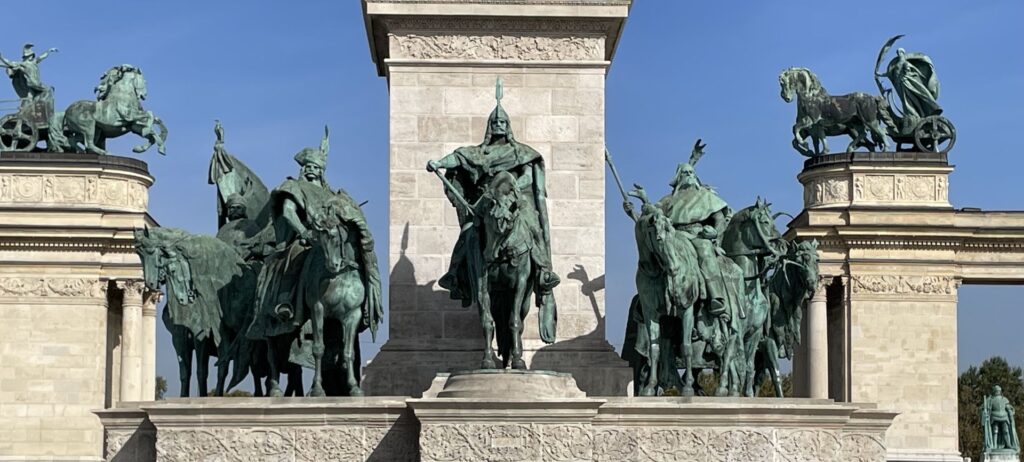
Heroes Square
This square was built to the memory of the 1000th anniversary of the Hungarian state. Its centerpiece is the Millennium Monument with its 36 m pillar topped with the Archangel Gabriel holding the Holy Crown of Hungary’s first king, St. Stephen. Behind the column are two grand colonades with crucial figures from the country’s history.
Of course, we did not forget
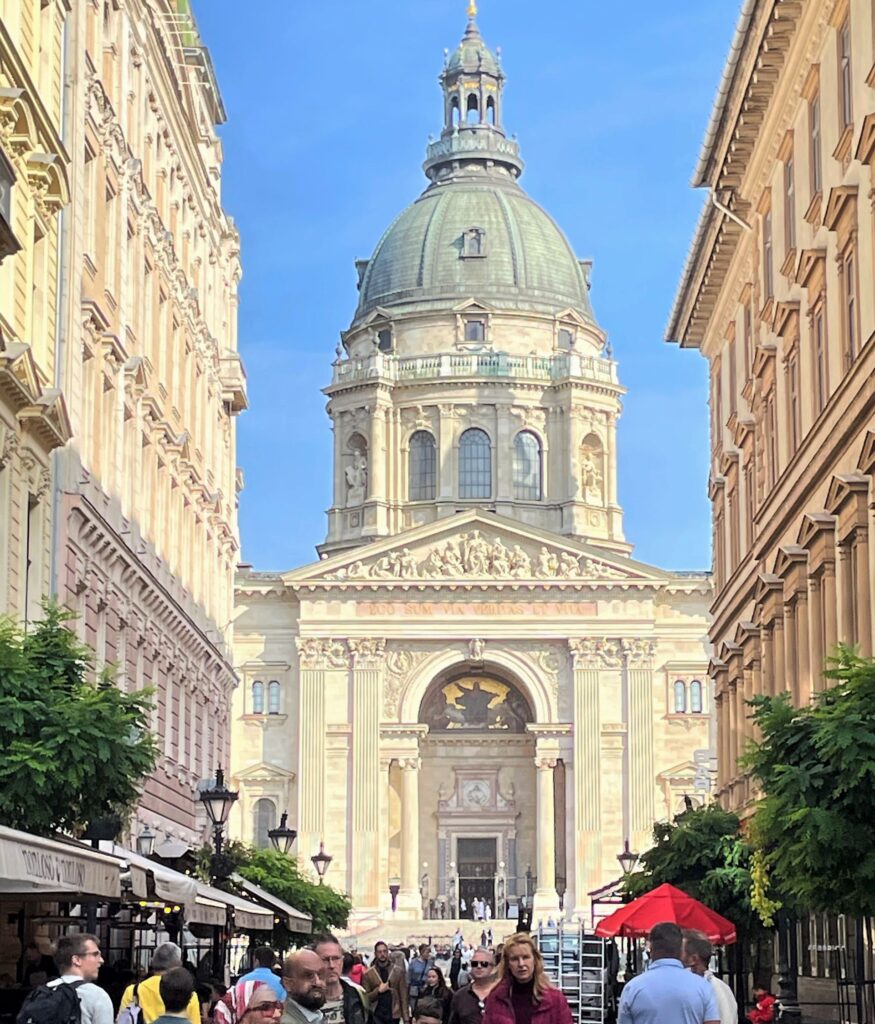
St. Stephen’s Basilica
Built in the 19th century, this is the largest church in Hungary. The church contains the mummified right hand of King St. Stephen, the founder of contemporary Hungary.
We could even enjoy dinner at one of the open-air terraces downtown, admiring the beautifully illuminated historical buildings.
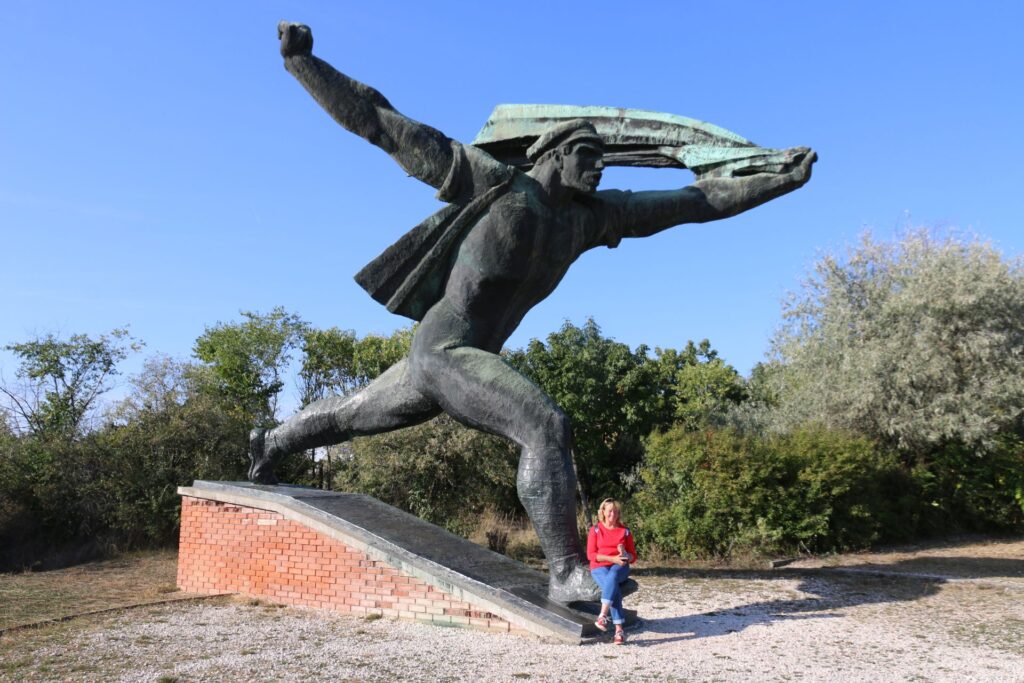
Finally, we did not want to leave Budapest without visiting the
Memento Park
This park is located in the suburbs of Buda. Maybe not so easy to visit if you don’t have a car, but certainly worth the effort. As a matter of fact, it is an open-air museum dedicated to monumental statues and sculpted plaques from Hungary’s Communist period (1949-1989). There are statues of Lenin, Marx and Engels, several Hungarian Communist leaders, but also giant statues of soldiers, workers and war heroes. As I am always interested in socialist-realistic art, this museum appeared to be a real eye-opener!
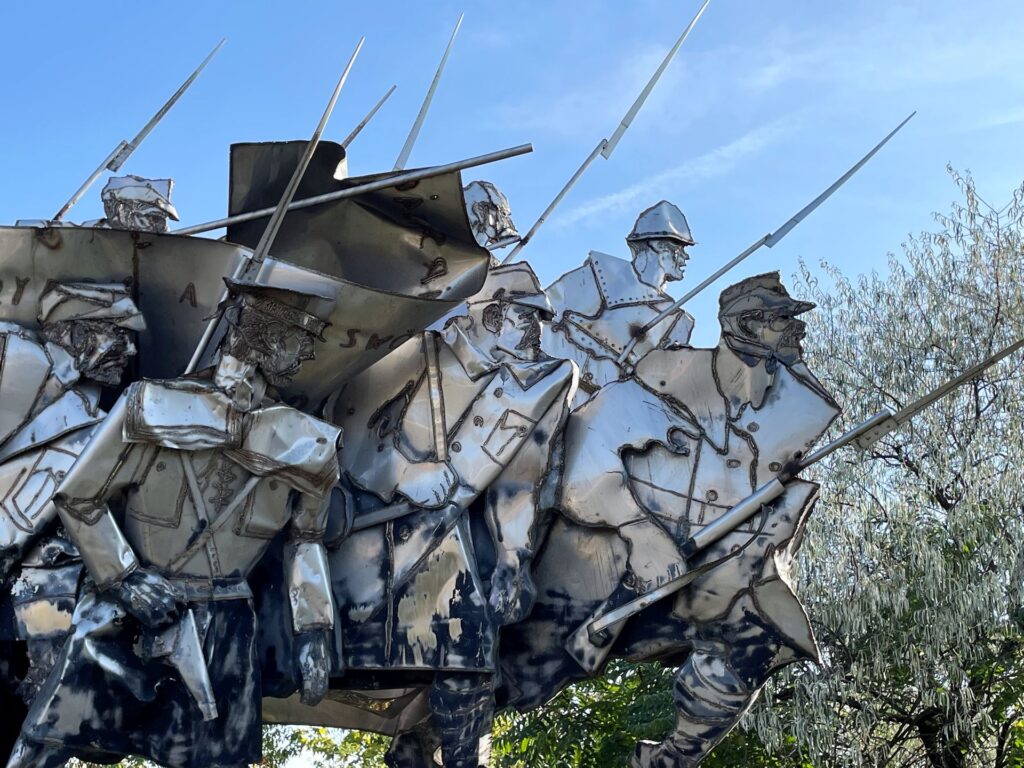
Of course, there are many other things to see and to do in Budapest. But one thing is sure: Budapest is absolutely worth a visit!
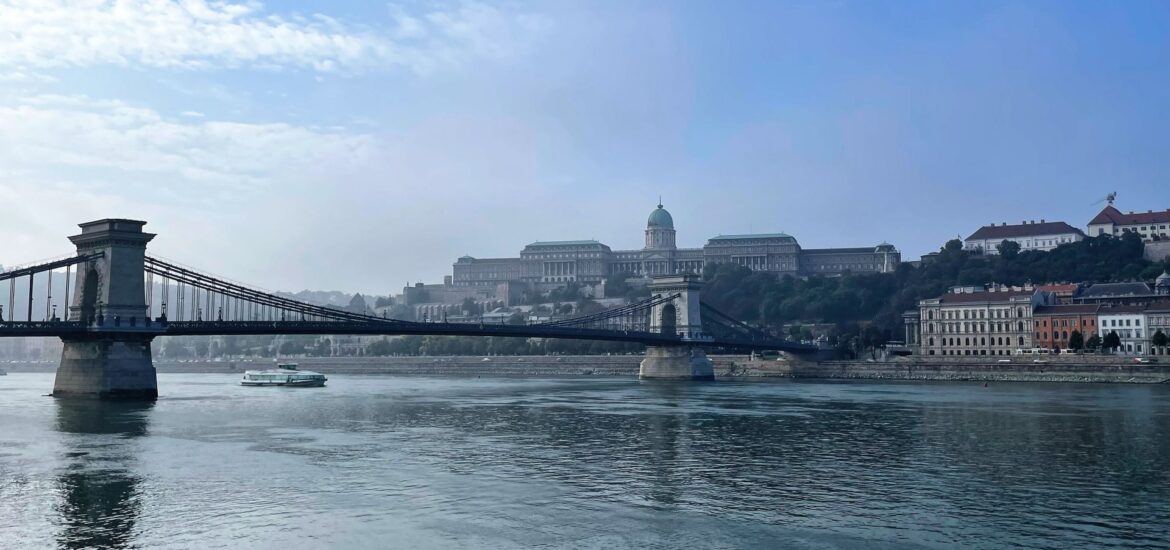
Last year I read your first travelers post from Montenegro, “The sad story of Valdanos”. I stood near by for three months in the little town Utjeha. After that I returned to my hometown in Germany. But I watched and looked for more posts from your travels in Eastern Europe. Every single post is bringing joy and curiosity to me. Your pictures are great, and the text is easy to read also for a german like me and very understable.
I visited Budapest in1987, when it was behind the “Eiserner Vorhang”; my mother was born in Hungary in WW II. Yes, it is a lovely town. And I wish I could visit it again. Your post remind me to do this! Thank you.